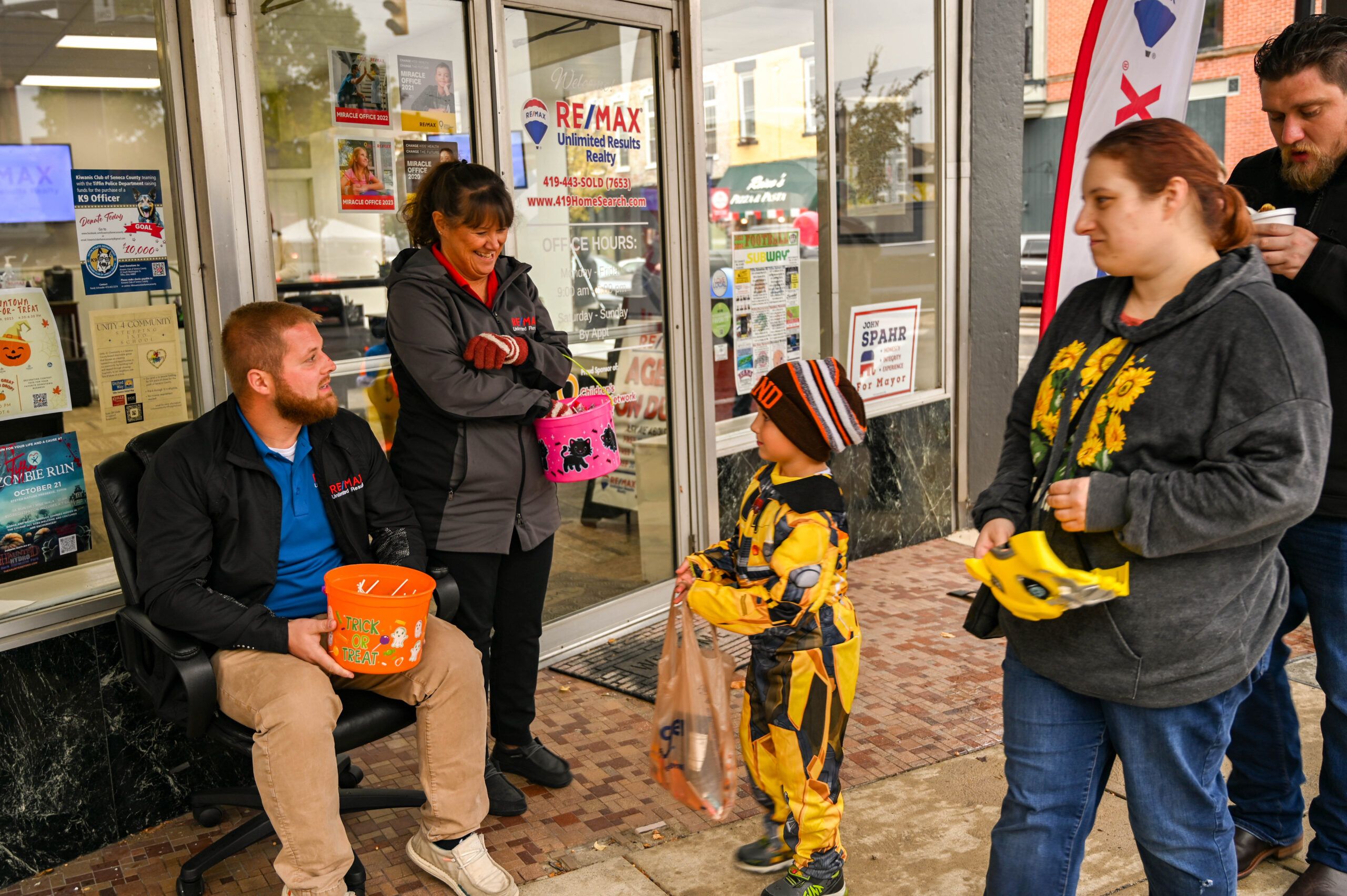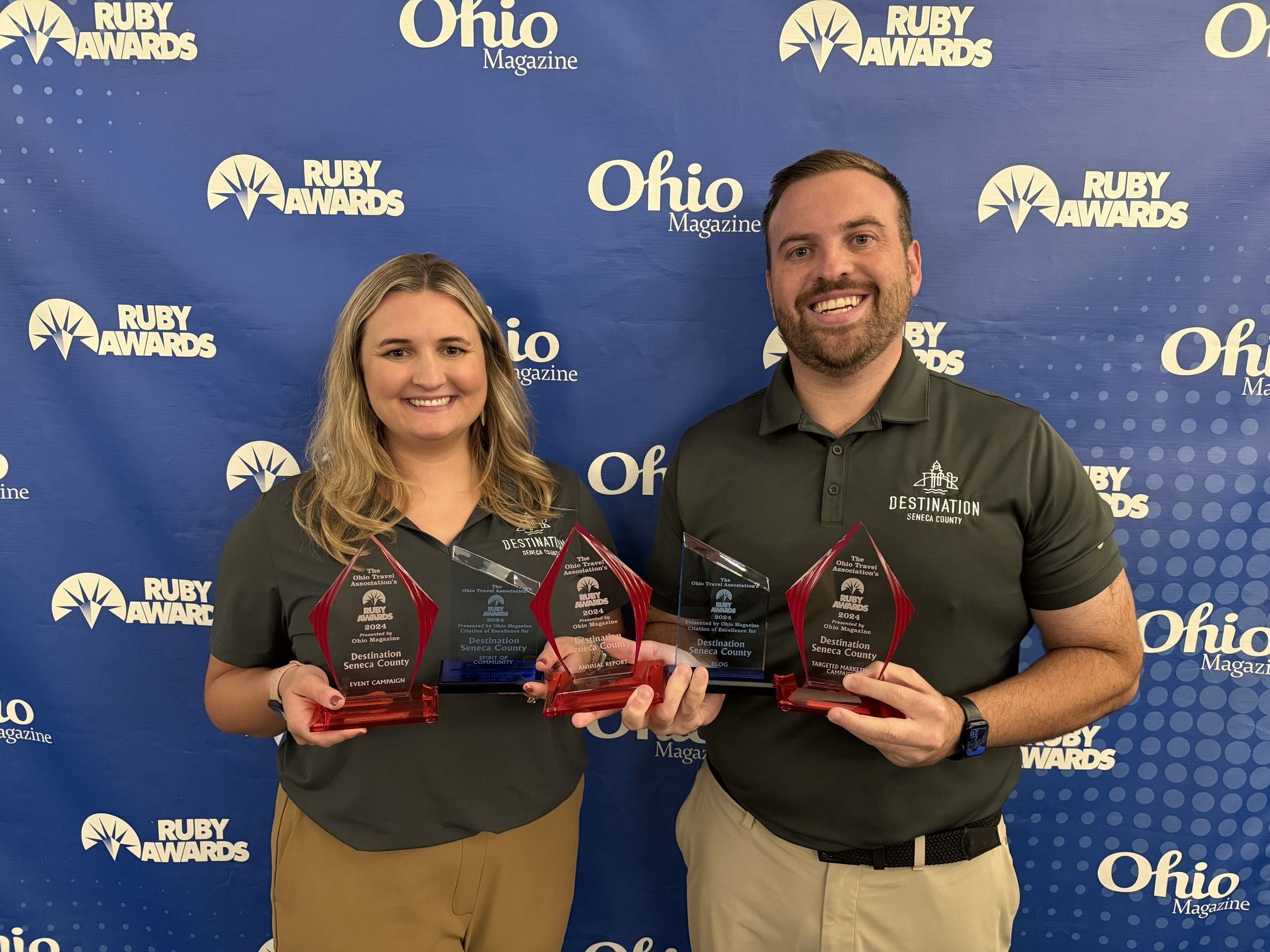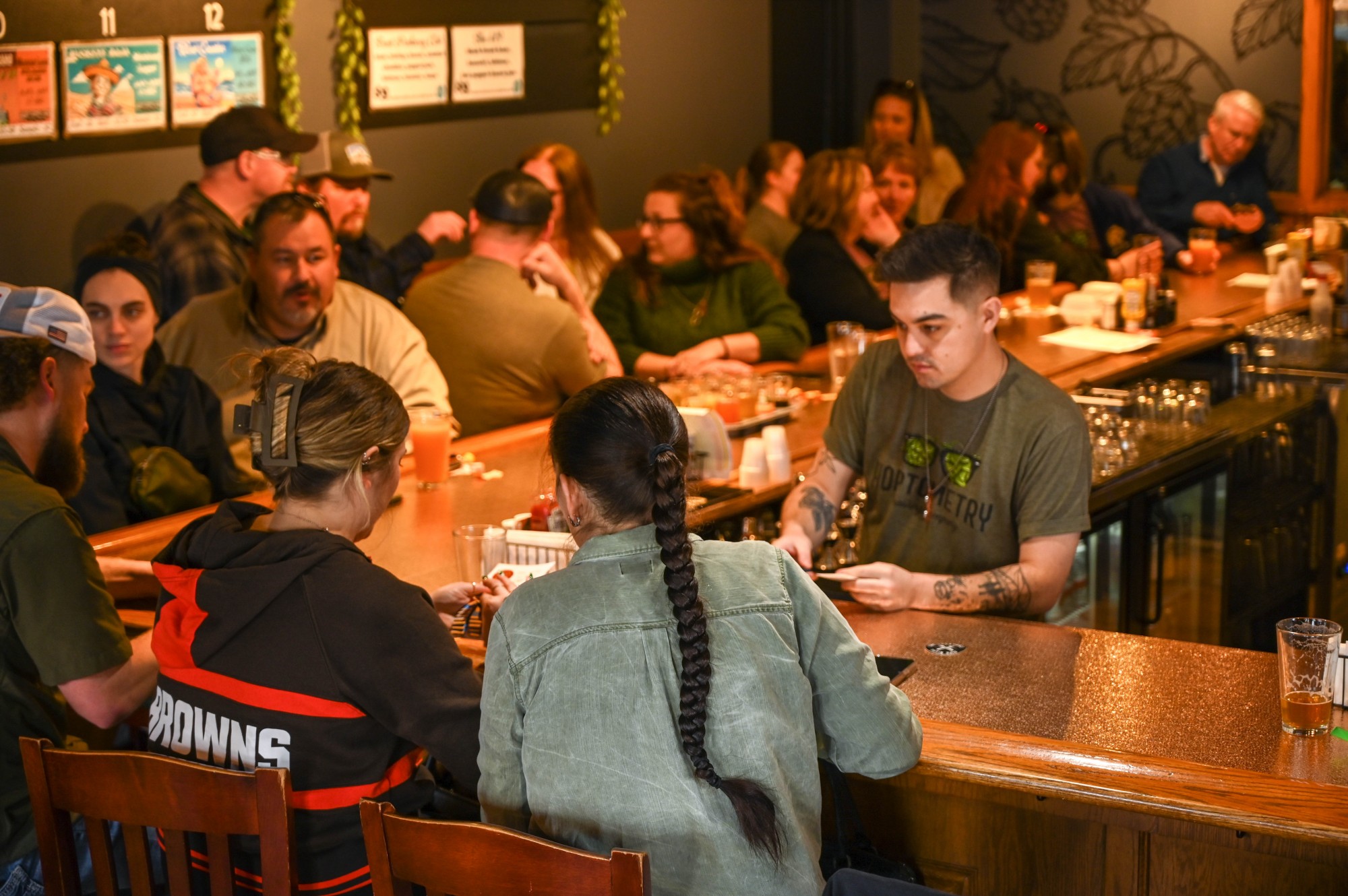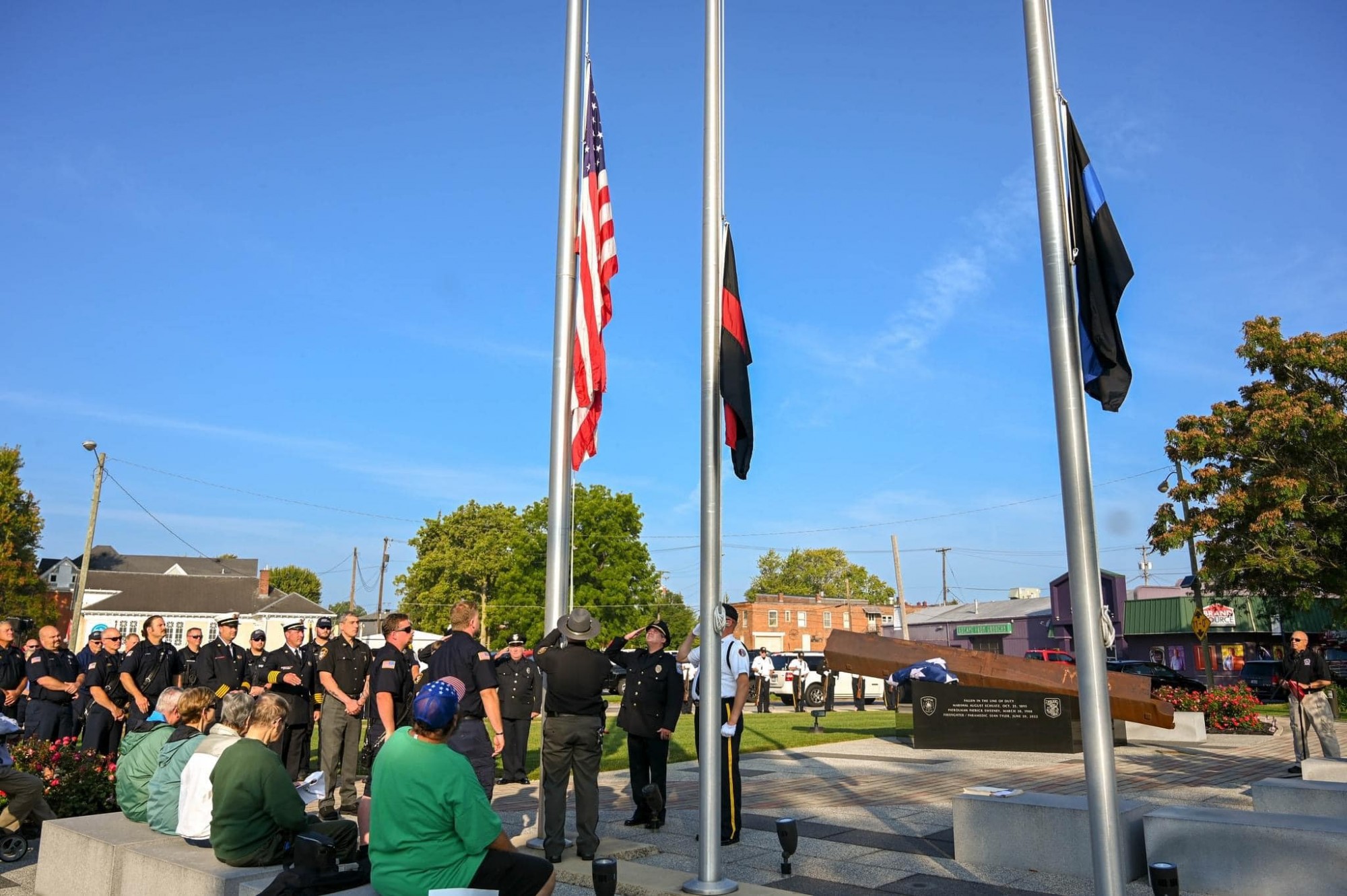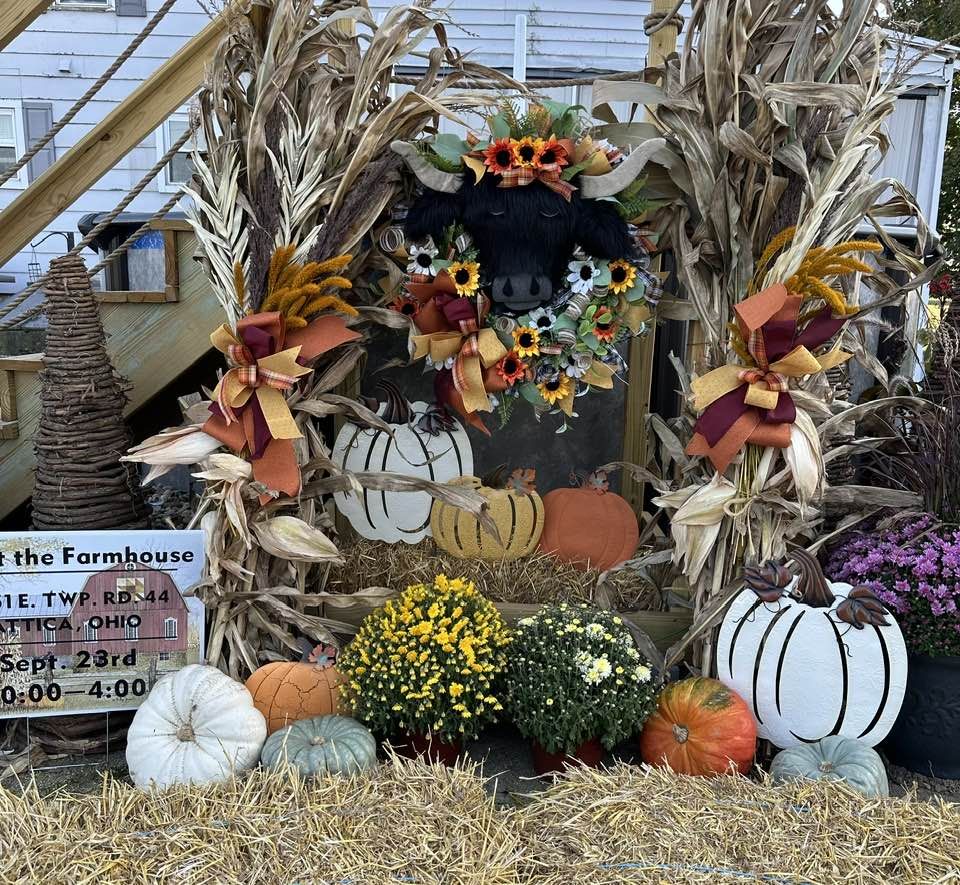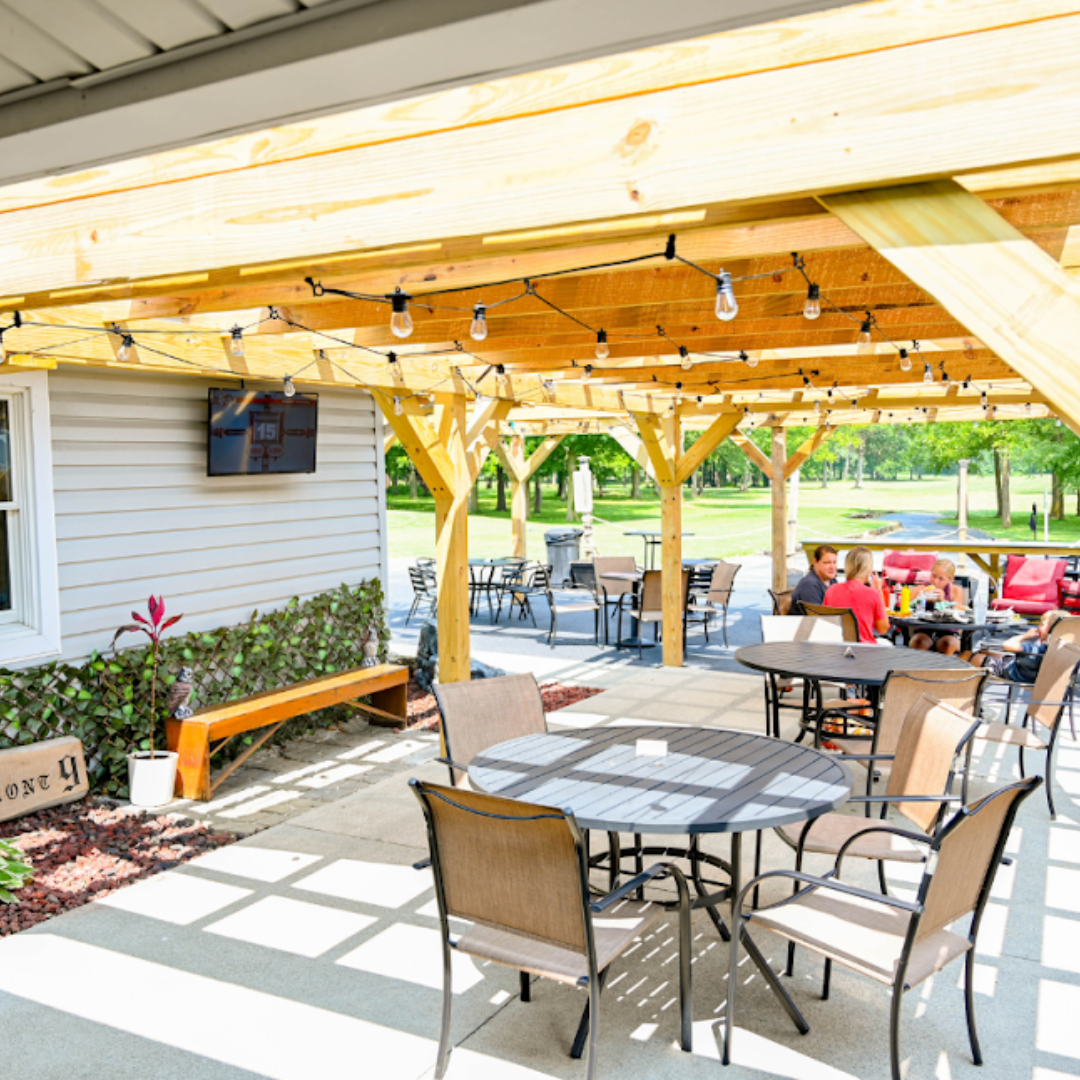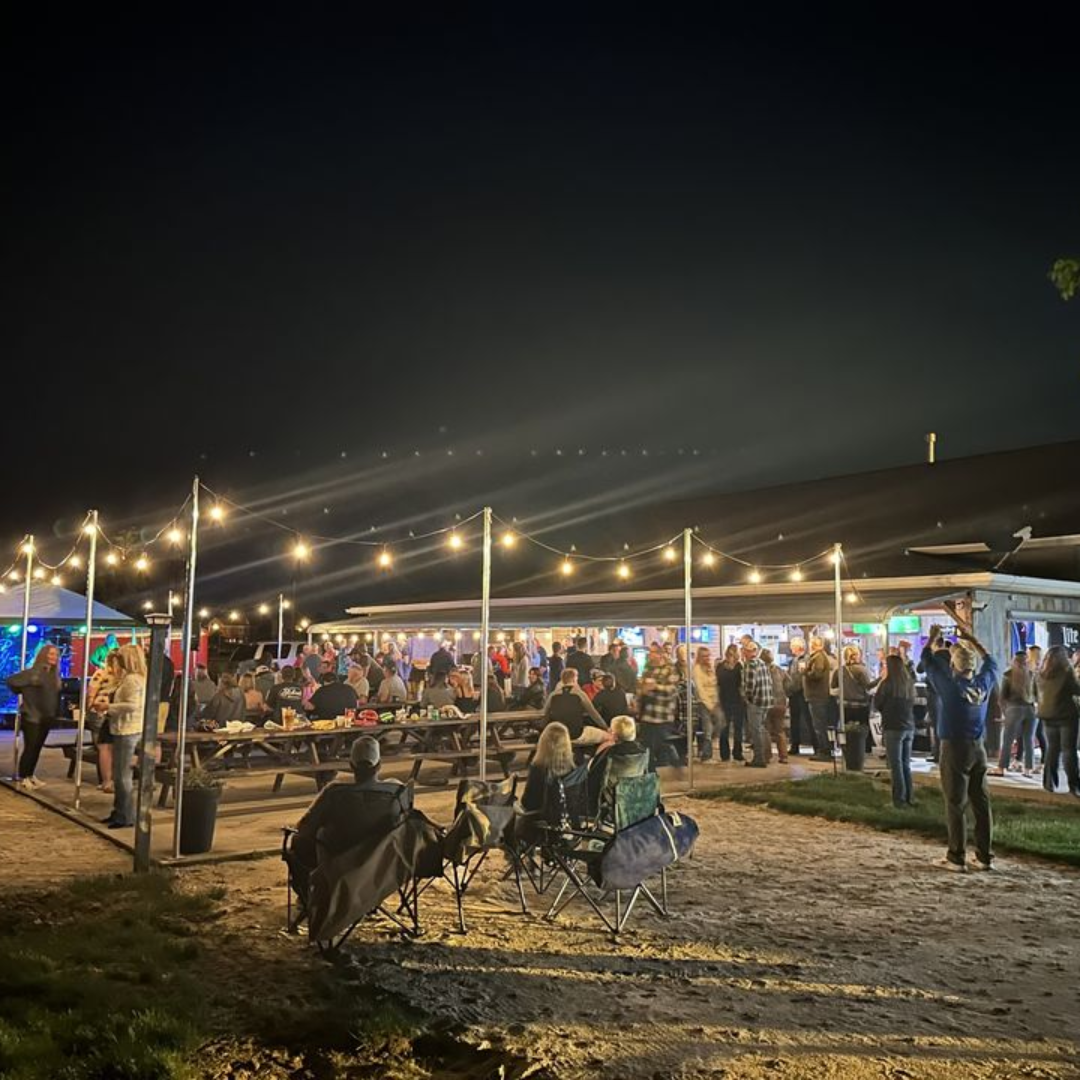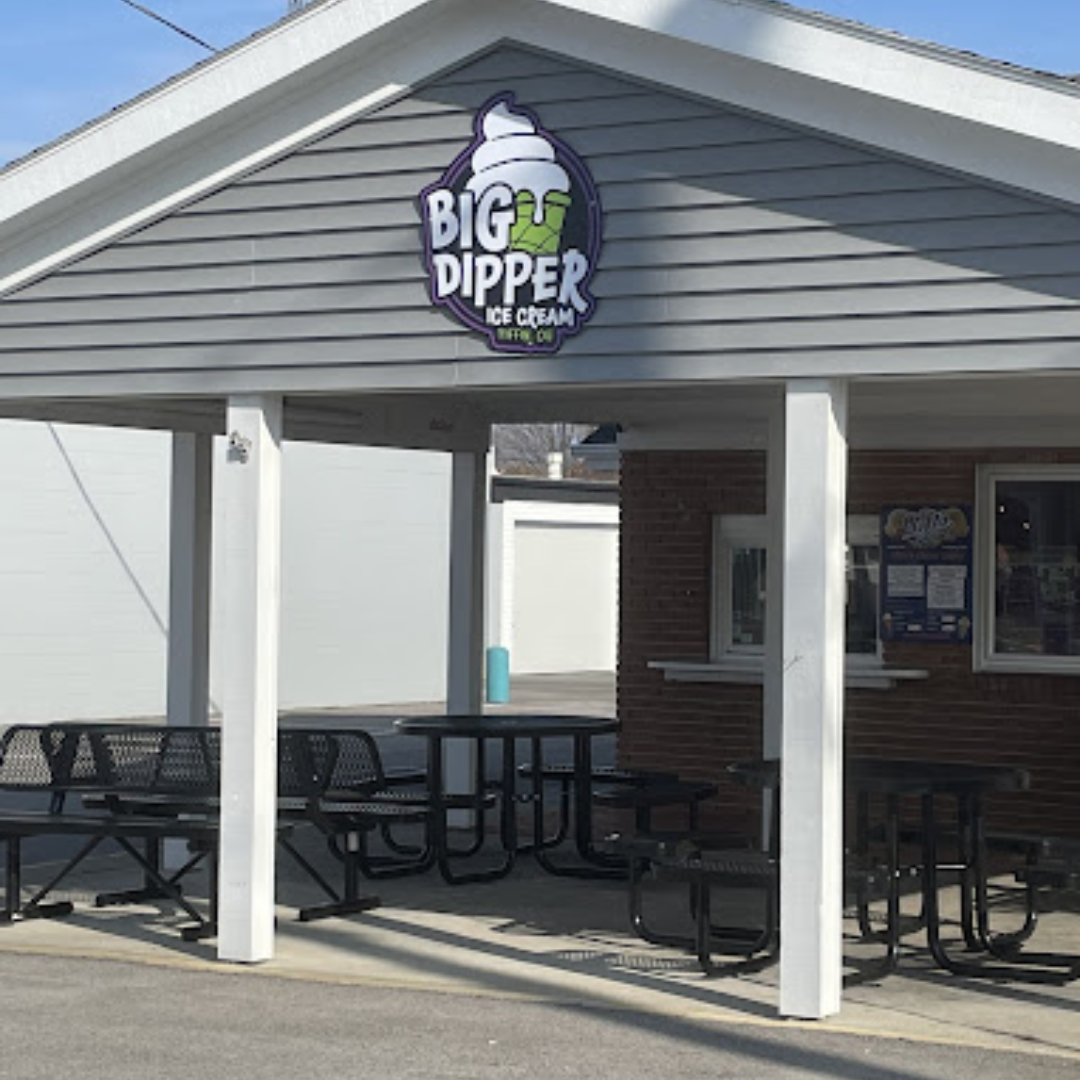2024 Seneca County Halloween Events
It’s time to carve the pumpkins and hang the cobwebs, because Halloween is creeping up on Seneca County! There’s plenty of spooktacular fun to be had — costumes to wear, treats to collect, and frights to enjoy. We don’t want you to miss out on any of it!
Check out these fang-tastic Halloween events throughout Seneca County! Are we missing something? Contact us!
See a full list of events happening in Seneca County on the Community Calendar!
* – Registration required
$ – Paid event
21+ – Adults 21 and over only
Thursday, October 10
5 – 6:30 PM | Hoot in the Park, Seneca County Opportunity Center
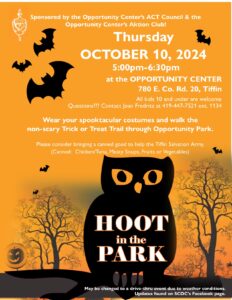
Saturday, October 12
11 AM – 12 PM | Teen Halloween Coloring Craft, Kaubisch Memorial Public Library

11 AM – 7 PM | Spooktacular Poker Run, American Legion Post 295 $

5:30 PM – 1 AM | Trunk ‘R Treat, Tiffin Drive-In Theater $

Thursday, October 17
5 – 8 PM | Downtown Tiffin Fall Flannel Fest & Great Pumpkin Drop

Saturday, October 19
12 – 1 PM | Halloween Party with Bat Show, Seneca East Public Library

6 – 10 PM | Cocktails & Costumes, Camden Falls Reception & Conference Center *$21+

8 PM – 2:30 AM | Bel-Mar Boat Landing Halloween Party

Thursday, October 24
6 – 7 PM | PLT/Title Trunk or Treat, Fostoria Elementary School
Saturday, October 26
10 – 11 AM | Seneca County Halloween Parade

10 – 11 AM | Hocus Pocus Tea & Cocoa Party, Tea Time Tiffin *$

10 AM – 12 PM | Children’s Halloween Workshop, Fostoria Community Arts Council
1 – 3 PM | Halloween Party, Bliss Memorial Public Library
1 – 3 PM | Bloomville Township Volunteer Fire Department Halloween Party
5:30 – 7 PM | City of Fostoria Trick or Treat
6 – 10 PM | Tavern 19 Halloween Party
6 PM – 12 AM | Bloomville Witches Walk $
6 PM – 1 AM | Trunk or Treat Costume Party, Herbie’s Roadhouse

7 – 8:30 PM | A Walk in the Cemetery, Green Springs Cemetery

7 – 11 PM | Halloween at Venue 18 $

7 PM – 1 AM | Halloween Horror-Thon, Tiffin Drive-In Theater $
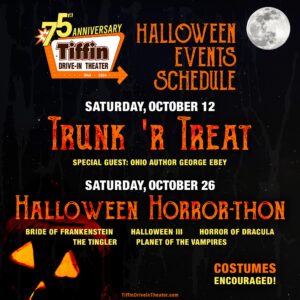
7:30 PM – 1 AM | Green Springs Fire Department Halloween Party 21+

8 – 11 PM | Halloween Party with American Rust, Tiffin Eagles #402
Sunday, October 27
11 AM – 3 PM | 2nd Annual Trick-or-Treat & Touch-A-Truck, Seneca County Fairgrounds

1 – 4:30 PM | Old Fort Halloween Parade, Costume Contest, & Trick or Treat

2 – 4 PM | New Riegel Halloween Parade & Trick or Treat

3 – 5 PM | Attica Trick or Treat
3:30 – 6:30 PM | Green Springs Halloween Parade, Costume Contest, & Trick or Treat
4:30 – 6:30 PM | Spooky Stemtown, Stemtown Historical Society Museum
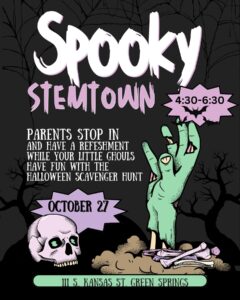
5 – 6 PM | The City of Fostoria Halloween Parade

5 – 7 PM | City of Tiffin Trick-or-Treat

5:30 – 7 PM | Bettsville Trick or Treat
6 – 7:30 PM | Republic Trick or Treat
Tuesday, October 29
4 – 5 PM | Halloween Party, Kaubisch Memorial Public Library
6 – 7 PM | Bascom Trick or Treat
6:30 – 7:30 PM | Halloween Storytime, Bliss Memorial Public Library
Thursday, October 31
10 – 11 AM | Halloween Dance Party, Tiffin-Seneca Public Library

6:30 – 8 PM | Bloomville Trick-or-Treat

6:30 – 8 PM | Trick or Treat on Greenfield, Heidelberg University

